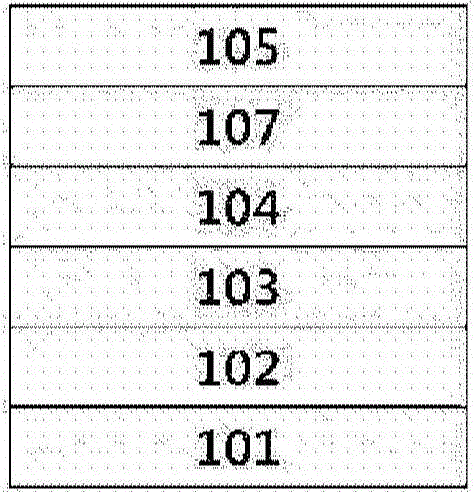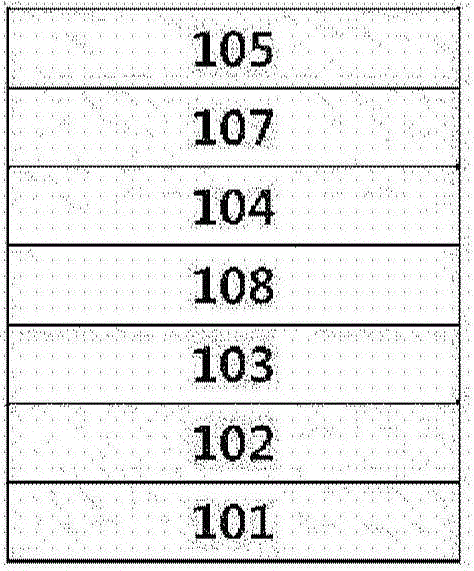Organic-inorganic hybrid solar cell
A solar cell and organic technology, applied in the direction of palladium organic compounds, lead organic compounds, platinum group organic compounds, etc., can solve the problems of low efficiency, time and cost reduction, etc., to increase the interface area, reduce the loss of light energy, time and / or cost-effective effect
- Summary
- Abstract
- Description
- Claims
- Application Information
AI Technical Summary
Problems solved by technology
Method used
Image
Examples
Embodiment 1
[0169]Fabrication of organic-inorganic hybrid solar cells with Al / Si / Si NW / perovskite / spiro-OmeTAD / PH500 / Ag grid structure.
[0170] Specifically, an n-type silicon (100) wafer on Al was immersed in a hydrofluoric acid solution to which silver nitride was added, and chemical etching was used to fabricate silicon nanowires (SiNWs). Lead iodide (PbI) dissolved in dimethylformamide (DMF) 2 ) solution and then dried for 5 minutes, the silicon nanowires were immersed in methylammonium iodide (CH 3 NH 3 1) Tens of seconds, then dry.
[0171] 2,2',7,7'-tetrakis-(N,N-di-4-methoxyphenylamino)-9,9'-spirobifluorene (spiro-OMeTAD), 4-tert-butyl Pyridine and lithium bis(trifluoromethane)sulfonylimide (Li-TFSI) were dissolved in chlorobenzene, and the resulting solution was spin-coated. After coating with PEPOT:PSS (PH500), at 1x10 -7 Deposit silver gates under torr vacuum.
PUM
| Property | Measurement | Unit |
|---|---|---|
| thickness | aaaaa | aaaaa |
| thickness | aaaaa | aaaaa |
| thickness | aaaaa | aaaaa |
Abstract
Description
Claims
Application Information
 Login to View More
Login to View More - R&D
- Intellectual Property
- Life Sciences
- Materials
- Tech Scout
- Unparalleled Data Quality
- Higher Quality Content
- 60% Fewer Hallucinations
Browse by: Latest US Patents, China's latest patents, Technical Efficacy Thesaurus, Application Domain, Technology Topic, Popular Technical Reports.
© 2025 PatSnap. All rights reserved.Legal|Privacy policy|Modern Slavery Act Transparency Statement|Sitemap|About US| Contact US: help@patsnap.com



